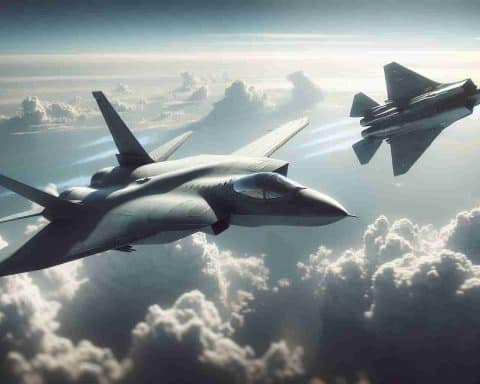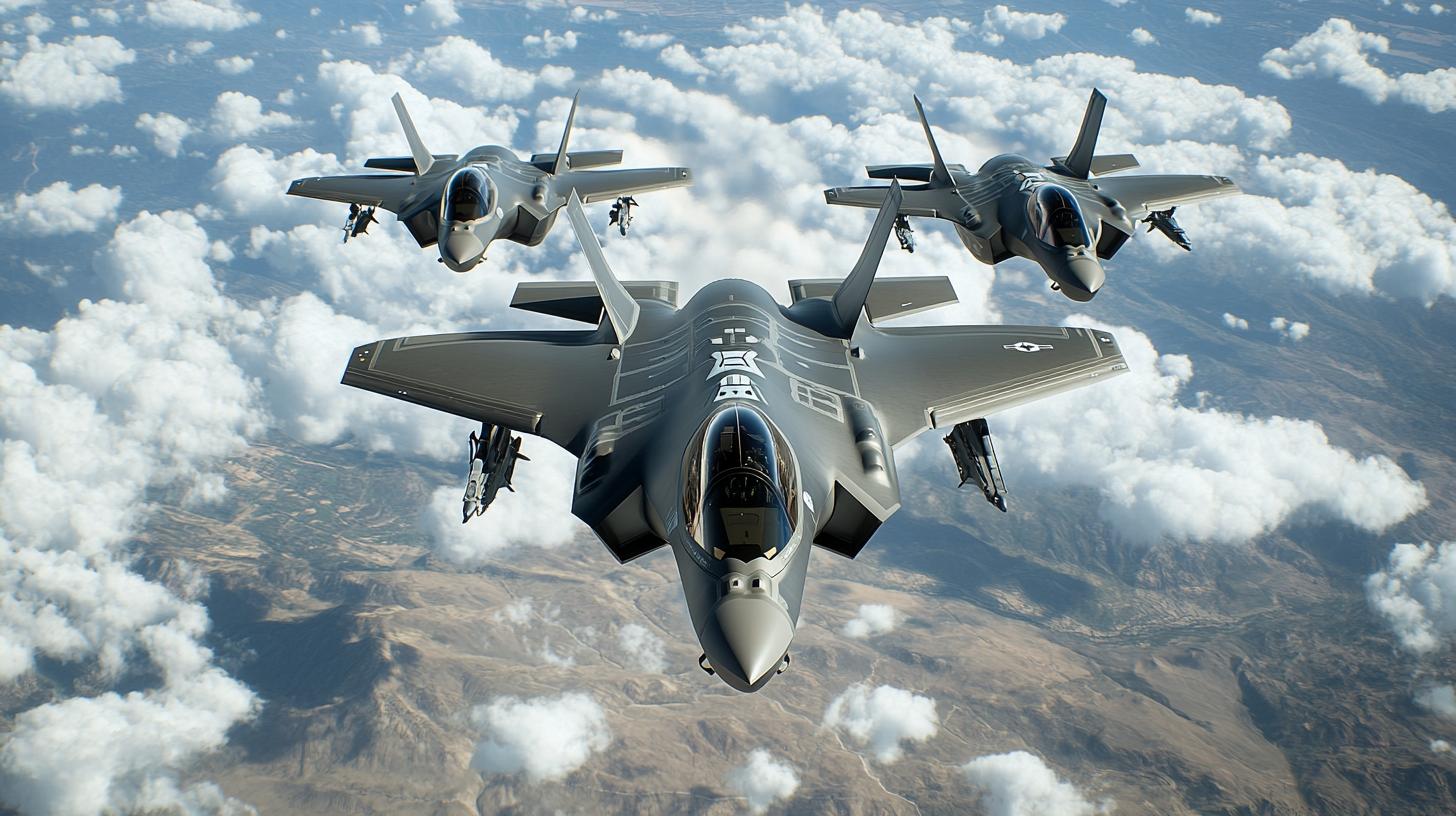The Japanese aircraft carrier Kaga has docked at a U.S. Navy port in San Diego, marking a significant event as both nations prepare for upcoming military readiness drills. This deployment will see the U.S. collaborate closely with Japanese forces off the coast of California, showcasing the strengthened ties between these two allies.
Admiral Harry Harris, a retired U.S. Navy official, emphasized the importance of this development, noting Japan’s commitment to enhancing its defense capabilities and taking greater responsibility within their alliance with the United States. Originally designed as a helicopter carrier, Kaga has been transformed into an aircraft carrier, representing one of Japan’s first such vessels since World War II.
The upcoming exercises will feature American F-35B fighter jets, which are intended to support Japan in mastering the use of these advanced aircraft aboard the Kaga. This initiative aligns with the U.S. strategy aimed at countering China’s aggressive actions, particularly in the contested South China Sea where tensions have escalated.
China’s naval advancements, including their development of aircraft carriers, have heightened security concerns regarding Asia’s maritime boundaries. Admiral Harris pointed out the historical significance of the Kaga’s name, linked to an imperial carrier from World War II, but reassured that the focus should be on the current operational capabilities it brings to the alliance.
The exercises, running through mid-November, underscore the evolving military collaboration between Japan and the United States in an increasingly complex regional security landscape.
The Impact of U.S.-Japan Military Collaboration on Global Security
The recent docking of the Japanese aircraft carrier Kaga at a U.S. Navy port in San Diego heralds a new phase of military cooperation between Japan and the United States. This event not only affects military strategies but also has far-reaching implications for the lives of people within these nations, their communities, and the broader international landscape.
The strengthening of U.S.-Japan alliances is significant for regional stability, particularly in the face of rising tensions with countries like China and North Korea. For the citizens of Japan, increased military readiness means a heightened sense of security but also potential anxiety about the implications of a more assertive military posture. In communities close to military bases, the presence of U.S. forces may stimulate local economies but can also lead to controversies over issues like noise pollution and cultural clashes.
Moreover, these military drills, which involve advanced technology such as the American F-35B fighter jets, showcase Japan’s evolving defense capabilities. As Japan takes on a greater role in its own defense, it brings to light the country’s changing identity in a post-World War II context. The Kaga, transformed into an aircraft carrier, symbolizes this shift—a step away from its pacifist constitution towards a more proactive military stance.
Interestingly, this development has ignited debate in Japan about militarization and pacifism. Many individuals and organizations fear that increased military collaboration with the U.S. could entangle Japan in regional conflicts, especially given the historical context of Japanese militarism. Activist groups are vocal in expressing concerns that such alliances could lead to Japan abandoning its pacifist principles established in the aftermath of World War II.
In the larger context, the U.S.-Japan alliance is critical in countering China’s assertiveness in the South China Sea. China’s rapid naval expansions and its own aircraft carrier developments have unsettled regional neighbors. Therefore, the Kaga’s participation in joint exercises not only bolsters Japan’s military capabilities but also serves as a deterrent against potential Chinese aggression, fostering a sense of security among other nations in the region.
These military maneuvers come amidst a backdrop of changing geopolitical dynamics that continue to reshape international relations. Countries such as South Korea and members of the Association of Southeast Asian Nations (ASEAN) are keenly observing this collaboration, weighing the benefits of aligning more closely with either the U.S. or China. Such decisions will undoubtedly reflect on their own national security strategies and influence how communities view their protective allegiances.
In conclusion, the docking of Kaga and the planned military exercises exemplify a crucial evolution in U.S.-Japan relations. This partnership is more than just a military affair; it impacts the fabric of society, prompting discussions about national identity, security, and regional stability.
For further insights on the evolving military dynamics in Asia and the implications for global security, visit Defense.gov and explore related articles on this critical issue.
The article has been updated: 2024-11-05 20:50
Japan Military News – Stay updated on the latest developments regarding Japan’s military forces and activities.
U.S. Department of Defense – Official source for news and updates on defense initiatives and military exercises involving U.S. and allied forces.
Defense News – A comprehensive resource for news, analysis, and insights related to global military operations and defense policy.
Jane’s – Expert analysis and information on military capabilities, systems, and defense activities worldwide.
Reuters Military – Trusted news source providing up-to-the-minute reports and analysis on military affairs and geopolitical developments.
The article has been updated: 2024-11-06 09:22
What significance does the arrival of the Japanese aircraft carrier Kaga have for joint military exercises?
The arrival of the Japanese aircraft carrier Kaga is significant as it symbolizes Japan’s commitment to enhancing its defense capabilities and strengthening alliances with participating nations. This joint military exercise allows for improved interoperability between forces, showcases Japan’s modern naval capabilities, and demonstrates a unified approach to regional security challenges, particularly in the Indo-Pacific region. The Kaga’s involvement underscores Japan’s active role in collective security efforts and its readiness to engage in collaborative defense operations.






















